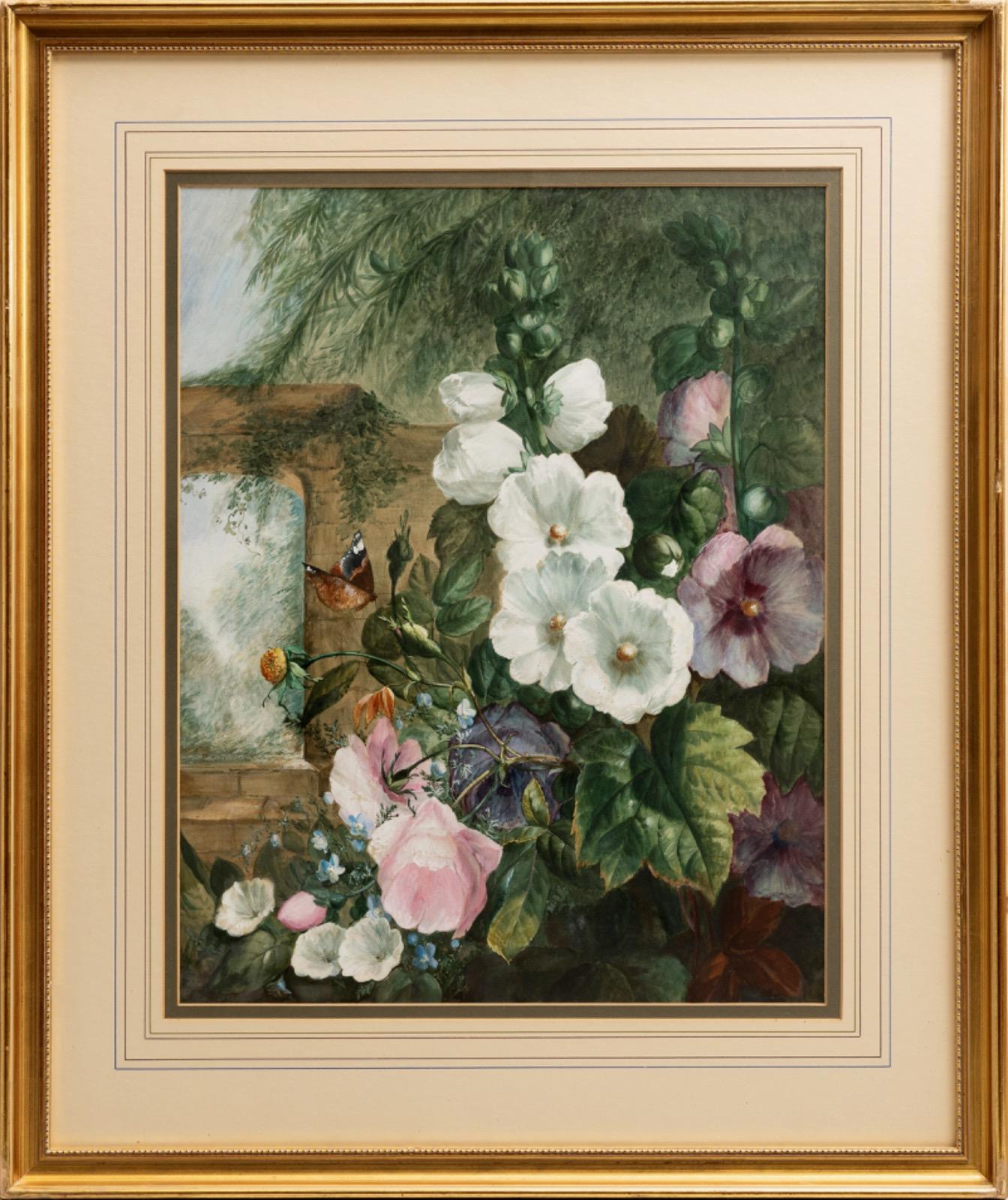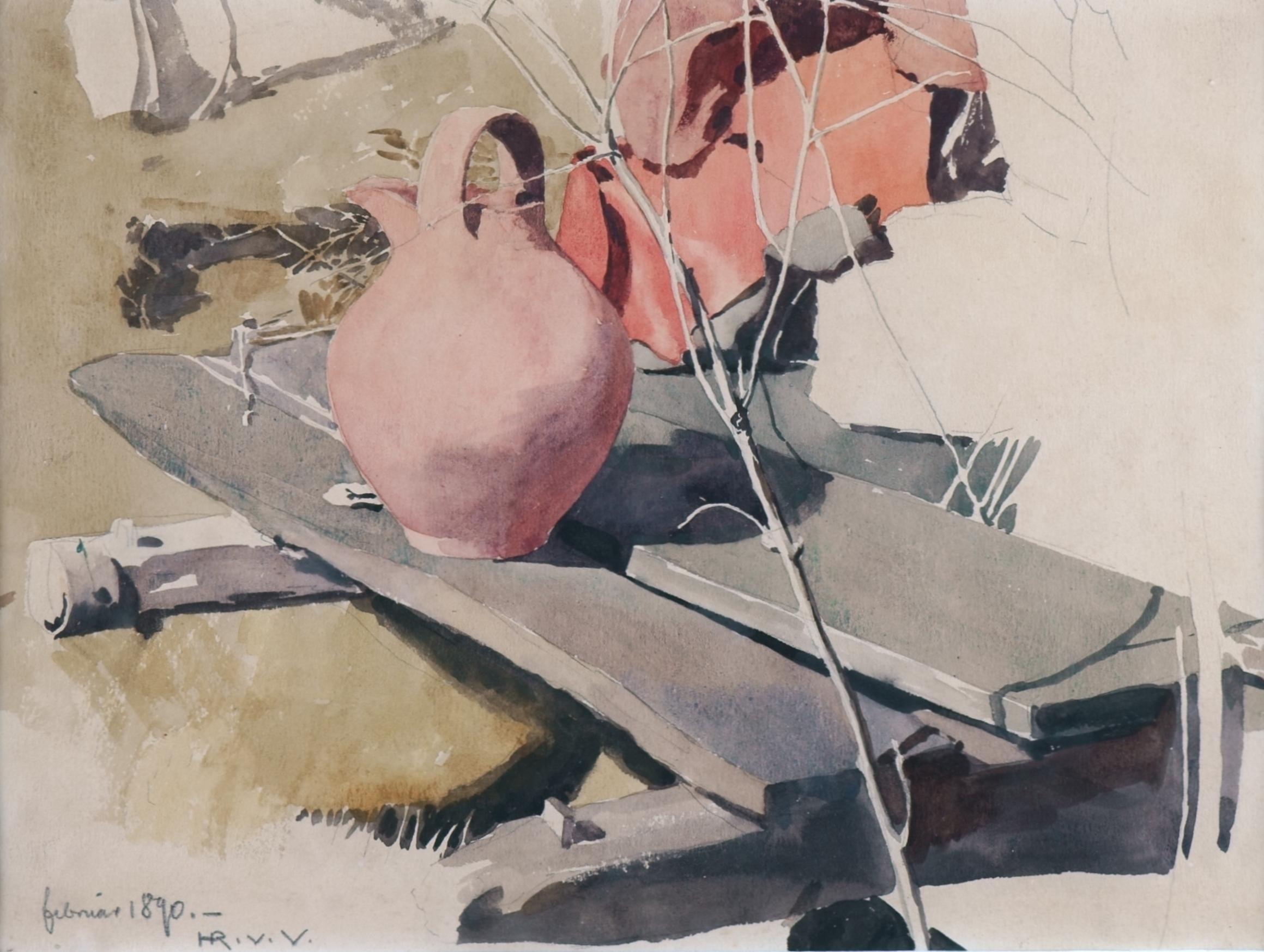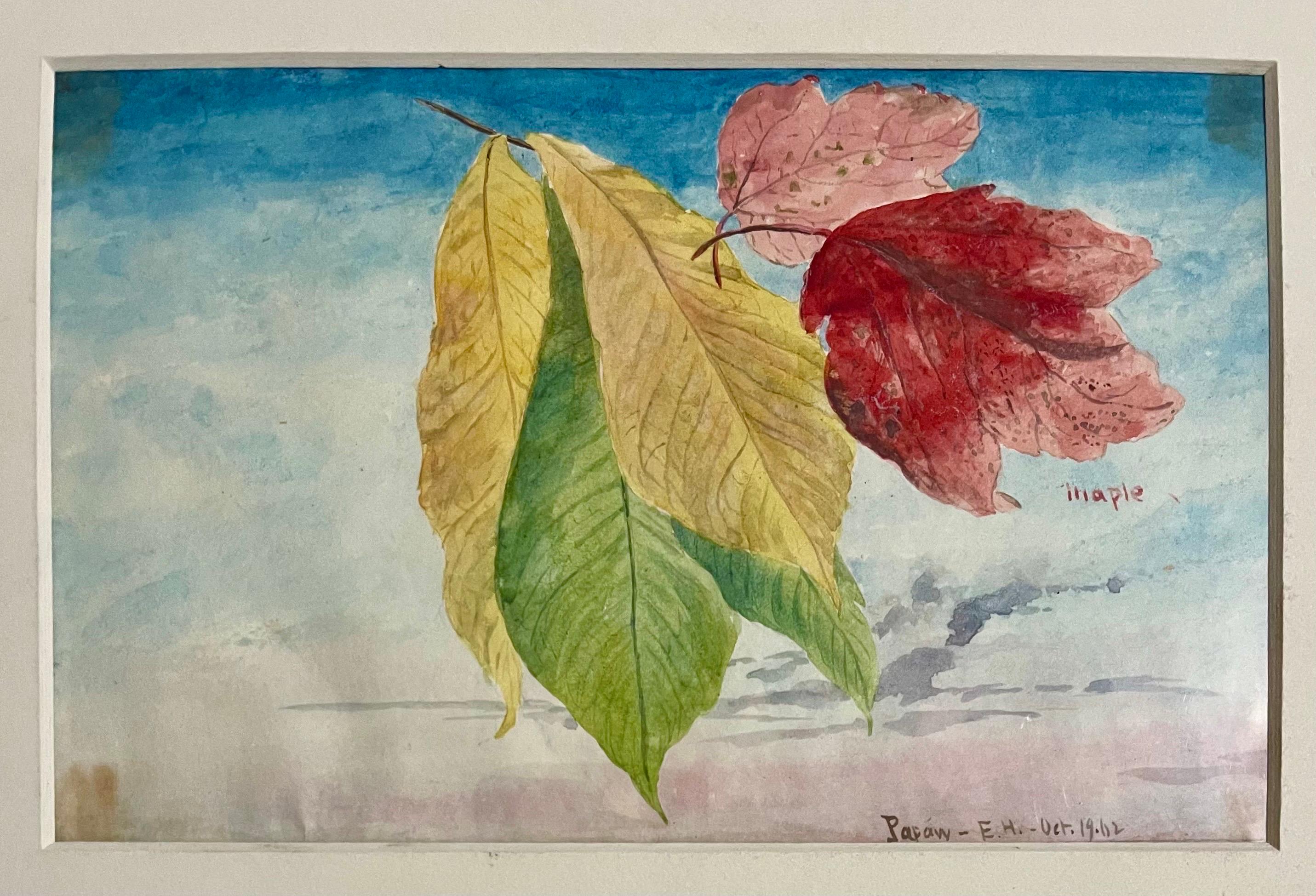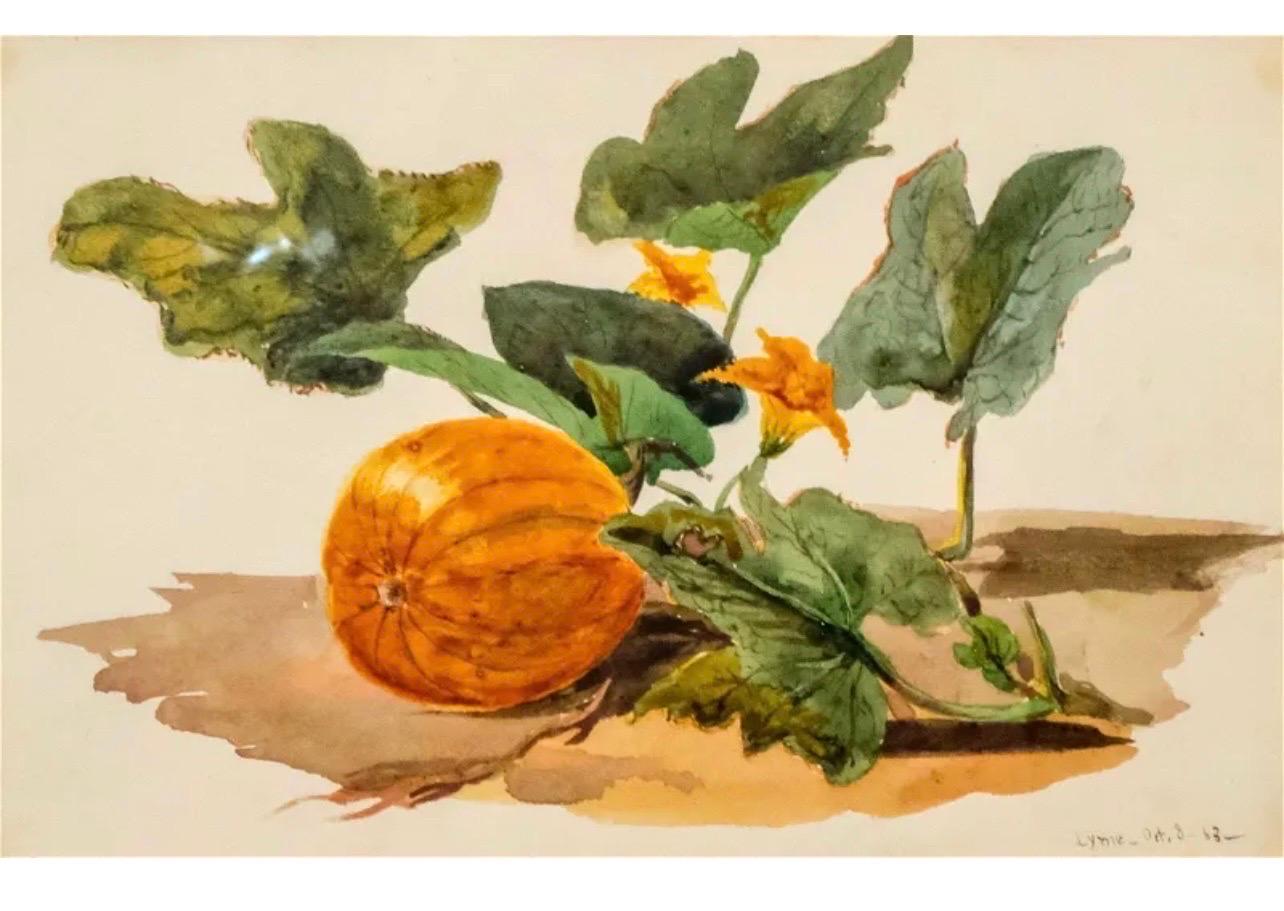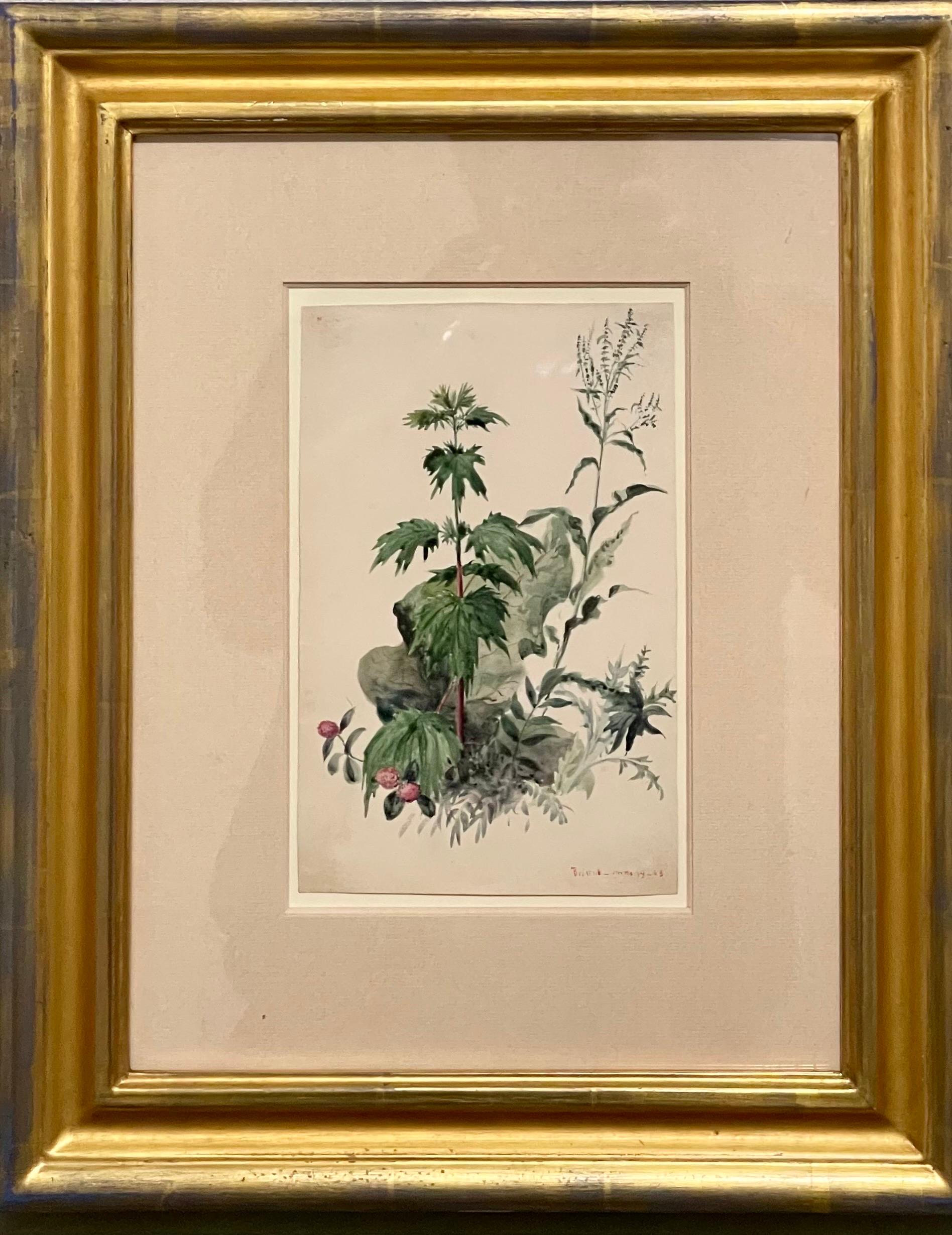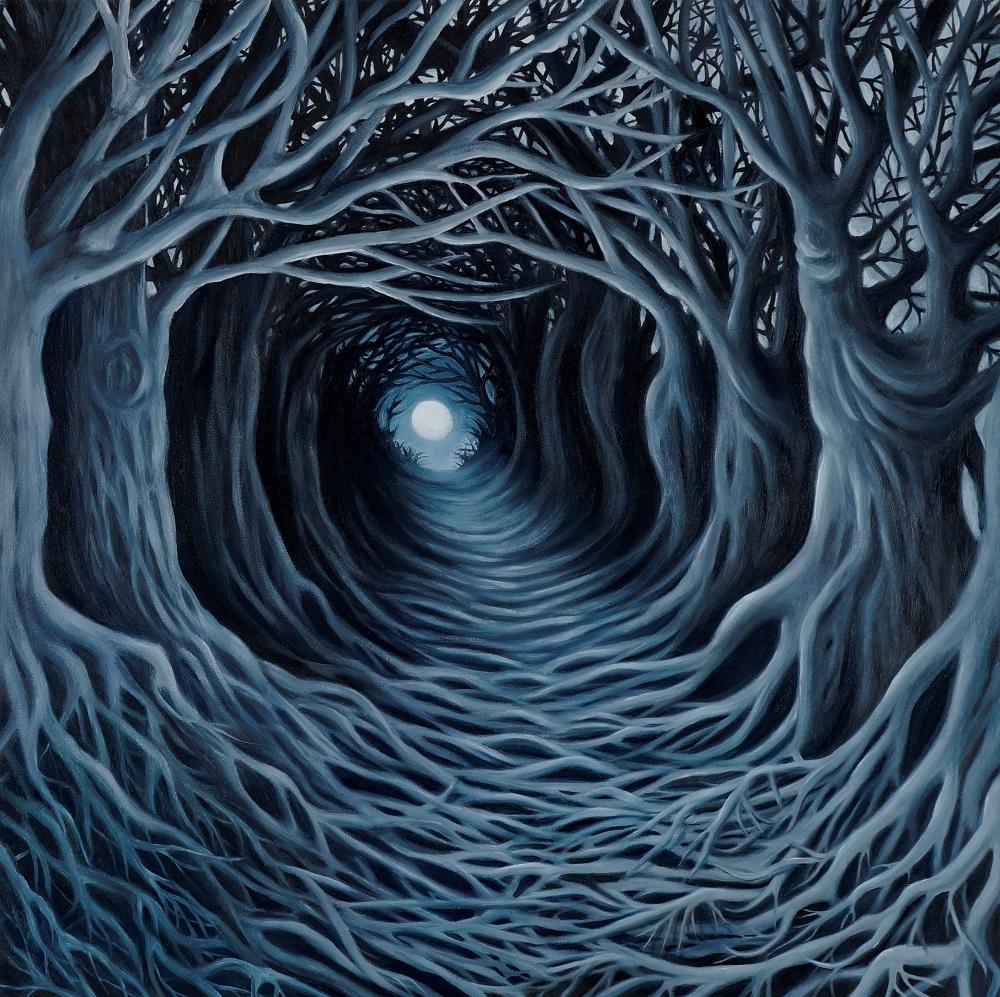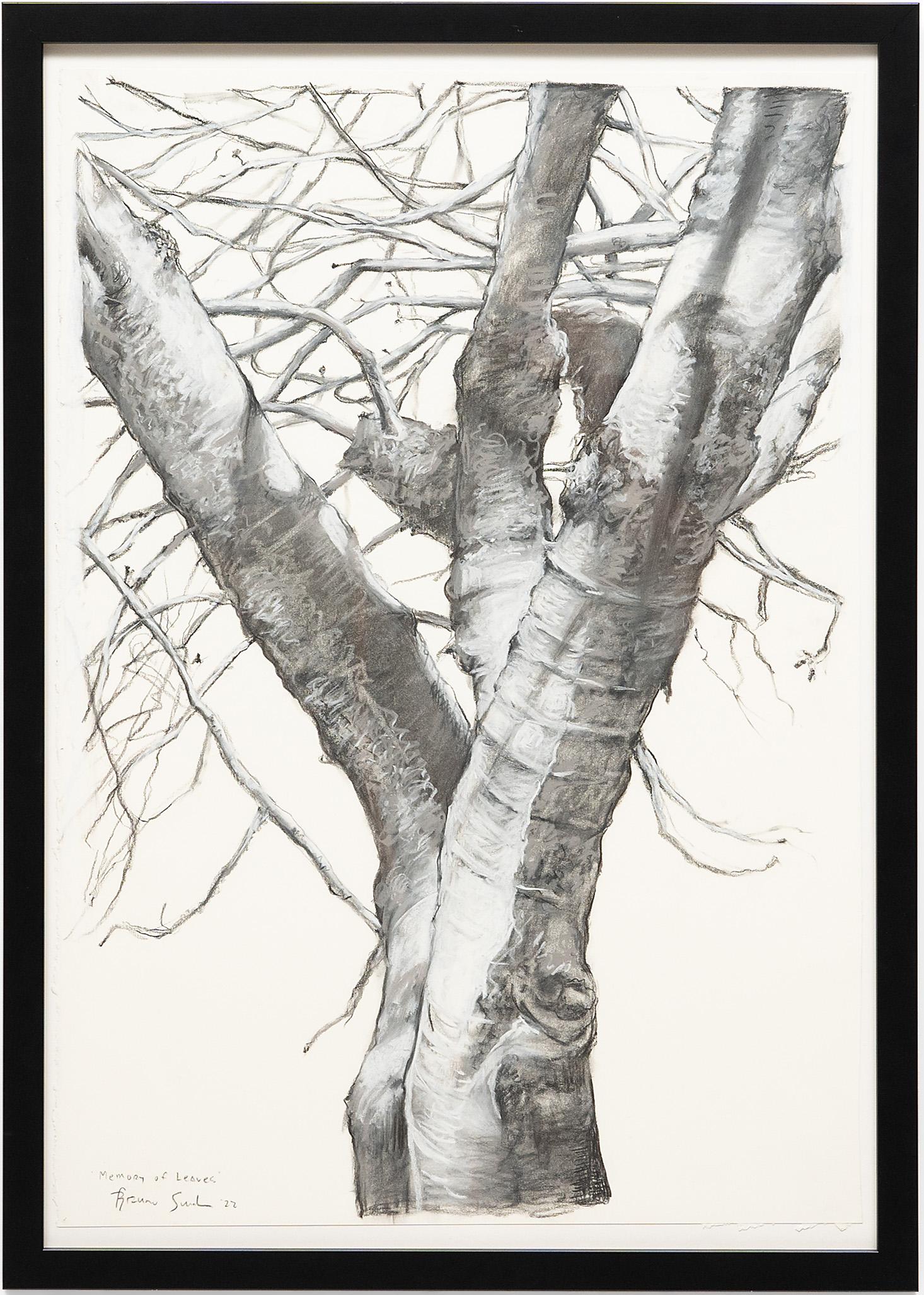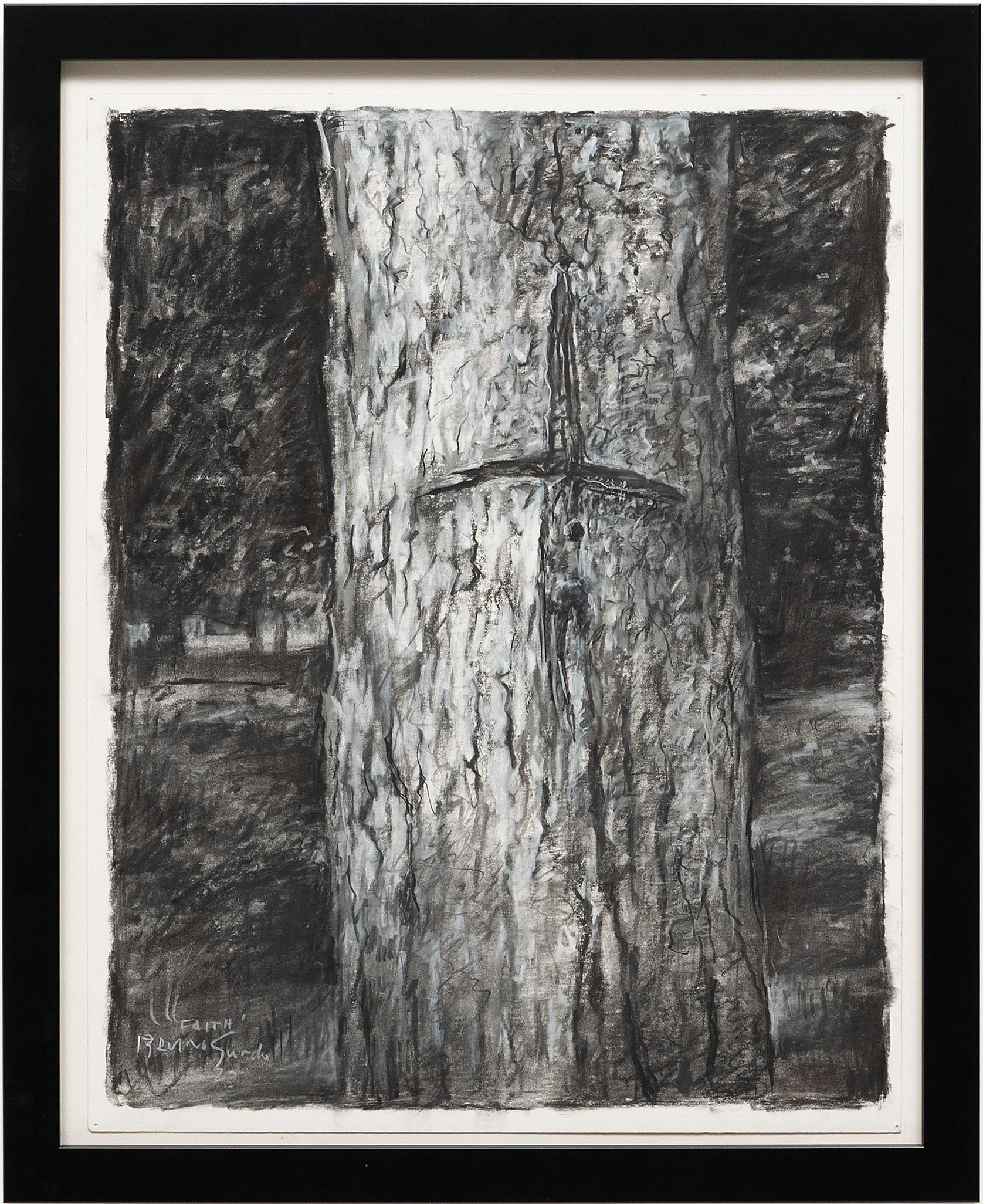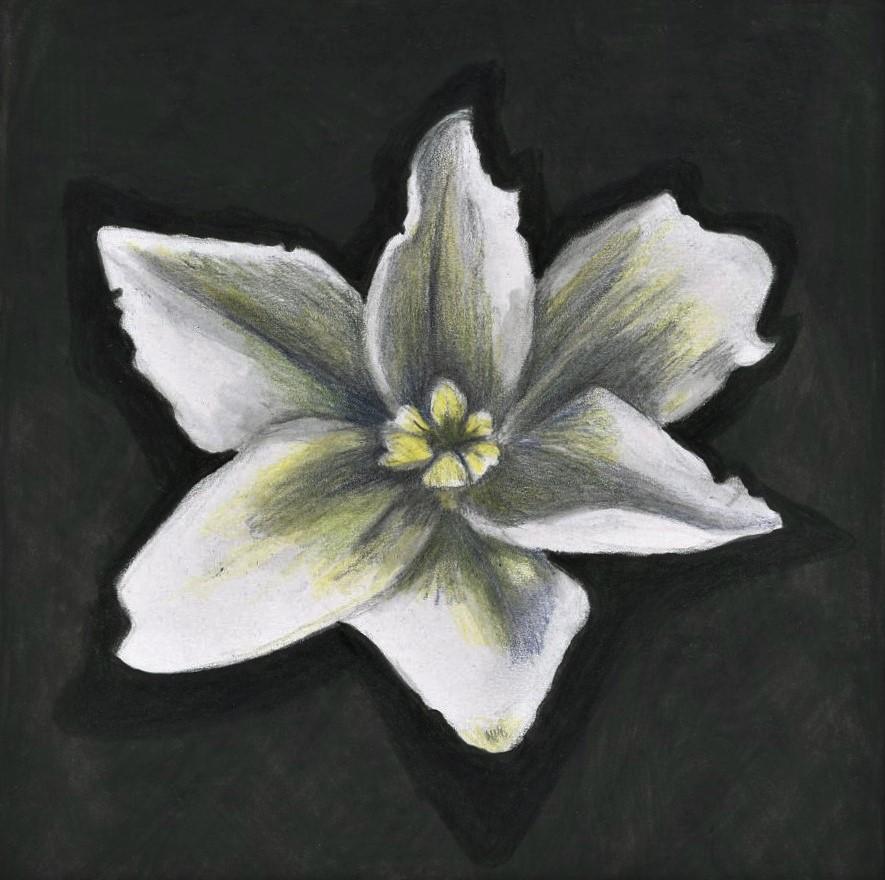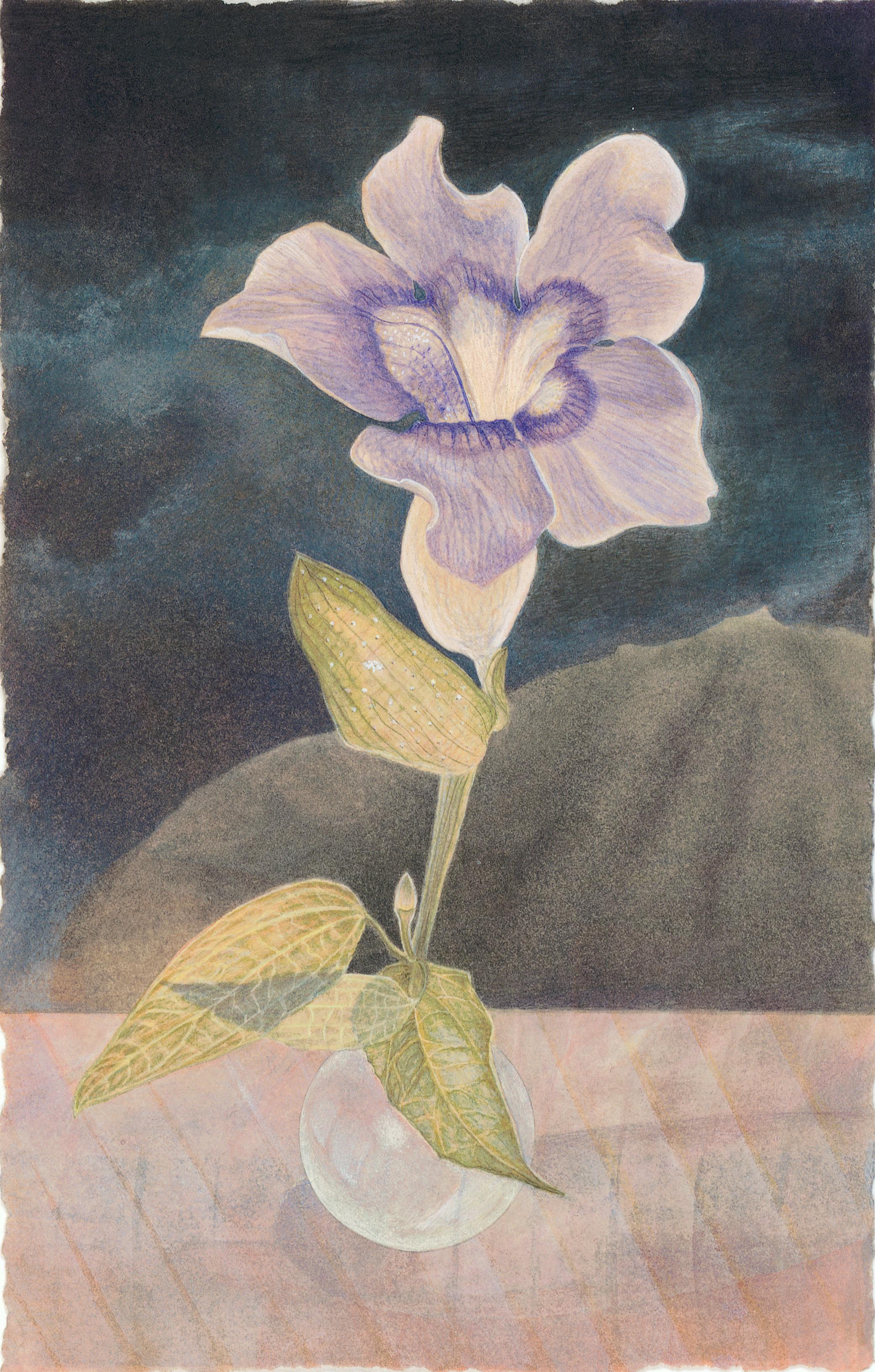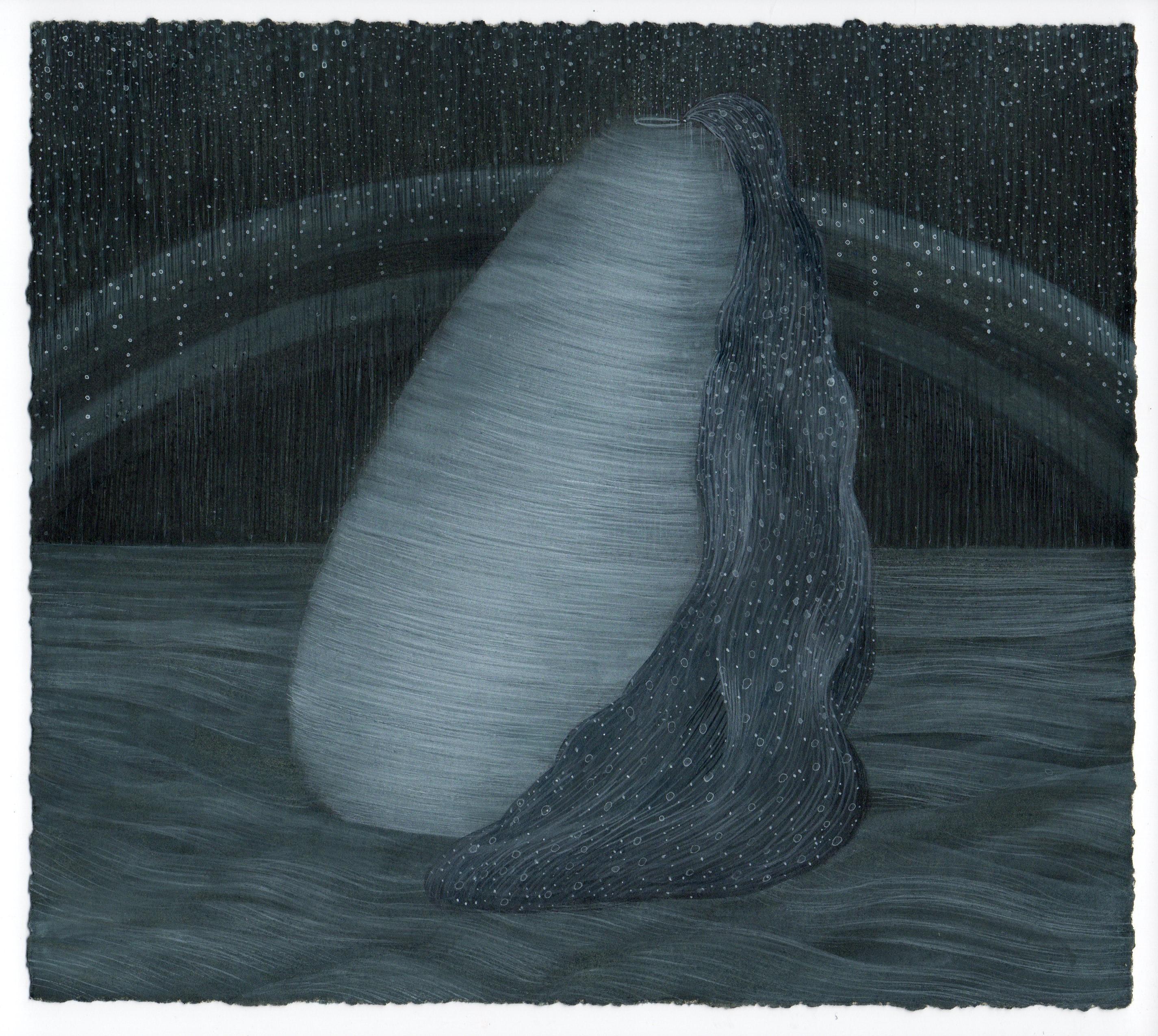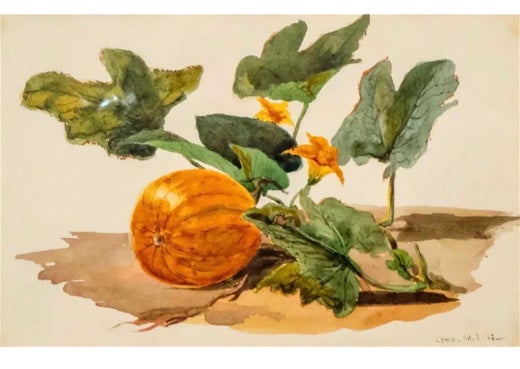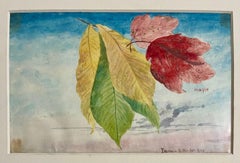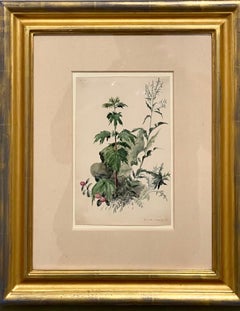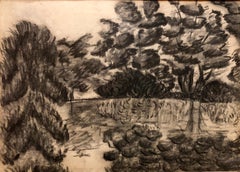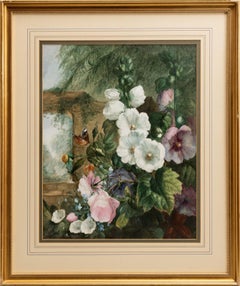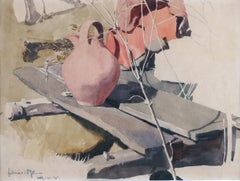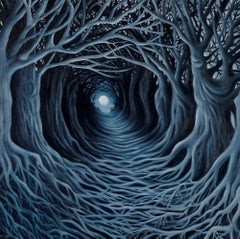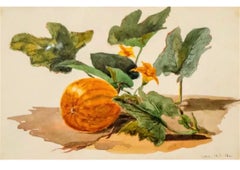
Pumpkin Vine Watercolor Painting 19th C. American Artist Charles DeWolf Brownell
View Similar Items
Charles De Wolf BrownellPumpkin Vine Watercolor Painting 19th C. American Artist Charles DeWolf Brownell1868
1868
About the Item
- Creator:Charles De Wolf Brownell (1822 - 1909)
- Creation Year:1868
- Dimensions:Height: 9 in (22.86 cm)Width: 11.75 in (29.85 cm)
- Medium:
- Movement & Style:
- Period:
- Condition:good. mat has light wear.
- Gallery Location:Surfside, FL
- Reference Number:1stDibs: LU38210308422
Charles De Wolf Brownell
Charles De Wolf Brownell was born in Rhode Island in 1822 and grew up in Hartford, Connecticut. He studied law and pursued a career as a lawyer from 1843 to 1853. He abandoned his law practice after discovering his passion for landscape painting, which he realized during sketching trips he took with artist Henry Bryant in the Connecticut River Valley. He then trained with local artists Julius Theodore Busch and Joseph C. Ropes. In 1857, Brownell worked in a studio in Hartford and relocated to New York City in 1860. He became acquainted with Hudson River School painters, such as Frederic Church and John Frederick Kensett, and was quickly immersed into the New York art scene. He exhibited at the National Academy of Design in 1861, 1862, 1864 and 1865. In 1863, he exhibited at the Brooklyn Art Association, where he showed both American and Cuban landscapes. His work is represented in many public collections throughout the country, including the Wadsworth Atheneum, CT; the New Britain Museum of American Art, CT; and the Princeton University Art Museum, NJ.
(Biography provided by Driscoll Babcock Galleries)More From This Seller
View AllEarly 1900s Naturalistic Landscape Drawings and Watercolors
Watercolor
19th Century Naturalistic Landscape Drawings and Watercolors
Watercolor
19th Century Naturalistic Landscape Drawings and Watercolors
Watercolor
1960s Modern Landscape Drawings and Watercolors
Paper, Carbon Pencil
1930s Naturalistic Figurative Drawings and Watercolors
Archival Ink, Watercolor, Illustration Board
1930s Naturalistic Figurative Drawings and Watercolors
Archival Ink, Watercolor, Illustration Board
You May Also Like
Late 19th Century Naturalistic Still-life Drawings and Watercolors
Paper, Watercolor
21st Century and Contemporary Naturalistic Still-life Drawings and Water...
Watercolor, Archival Paper
1890s Naturalistic Still-life Drawings and Watercolors
Watercolor
21st Century and Contemporary Naturalistic Landscape Drawings and Waterc...
Oil, Panel
21st Century and Contemporary Naturalistic Still-life Drawings and Water...
Paper, Charcoal
21st Century and Contemporary Naturalistic Landscape Drawings and Waterc...
Paper, Charcoal
